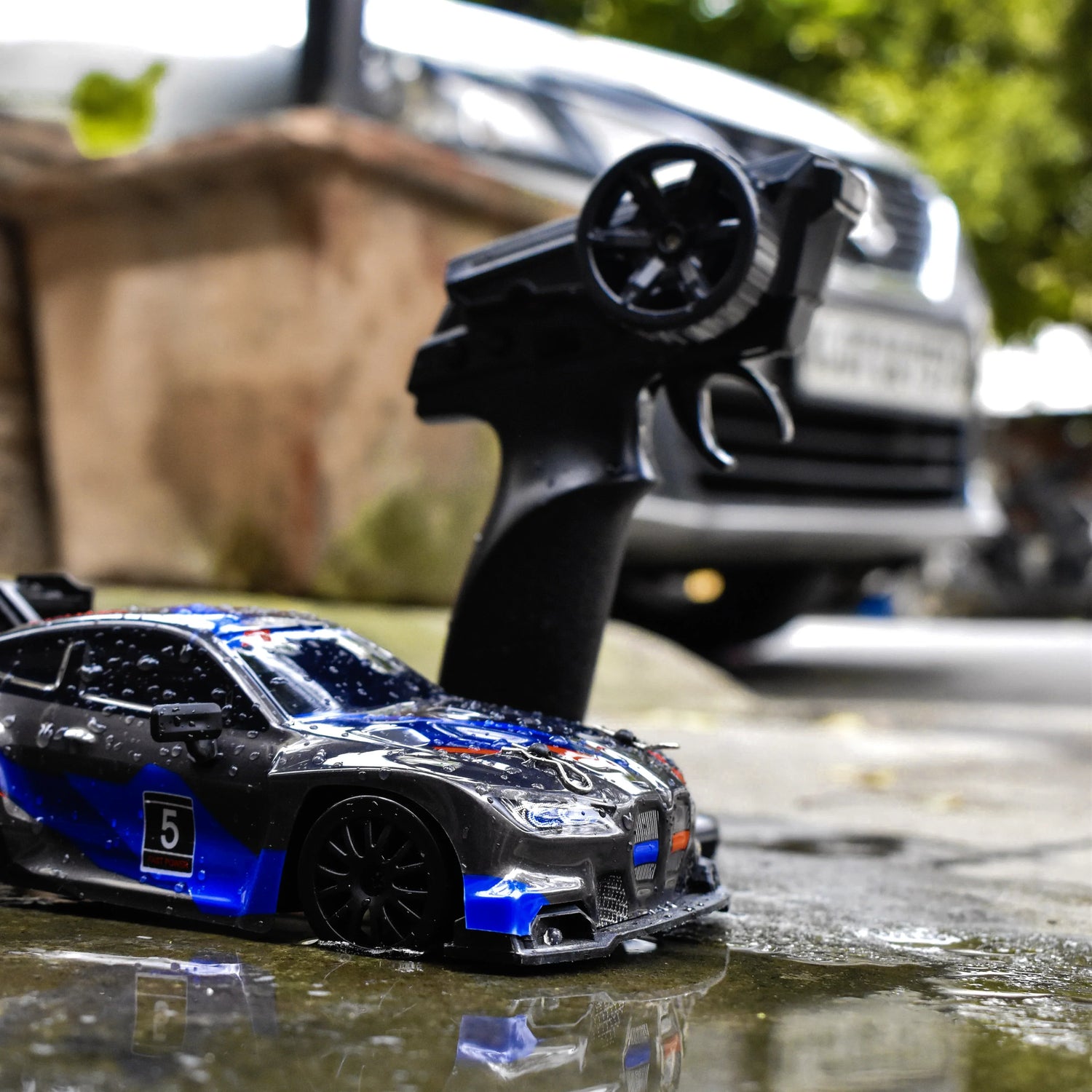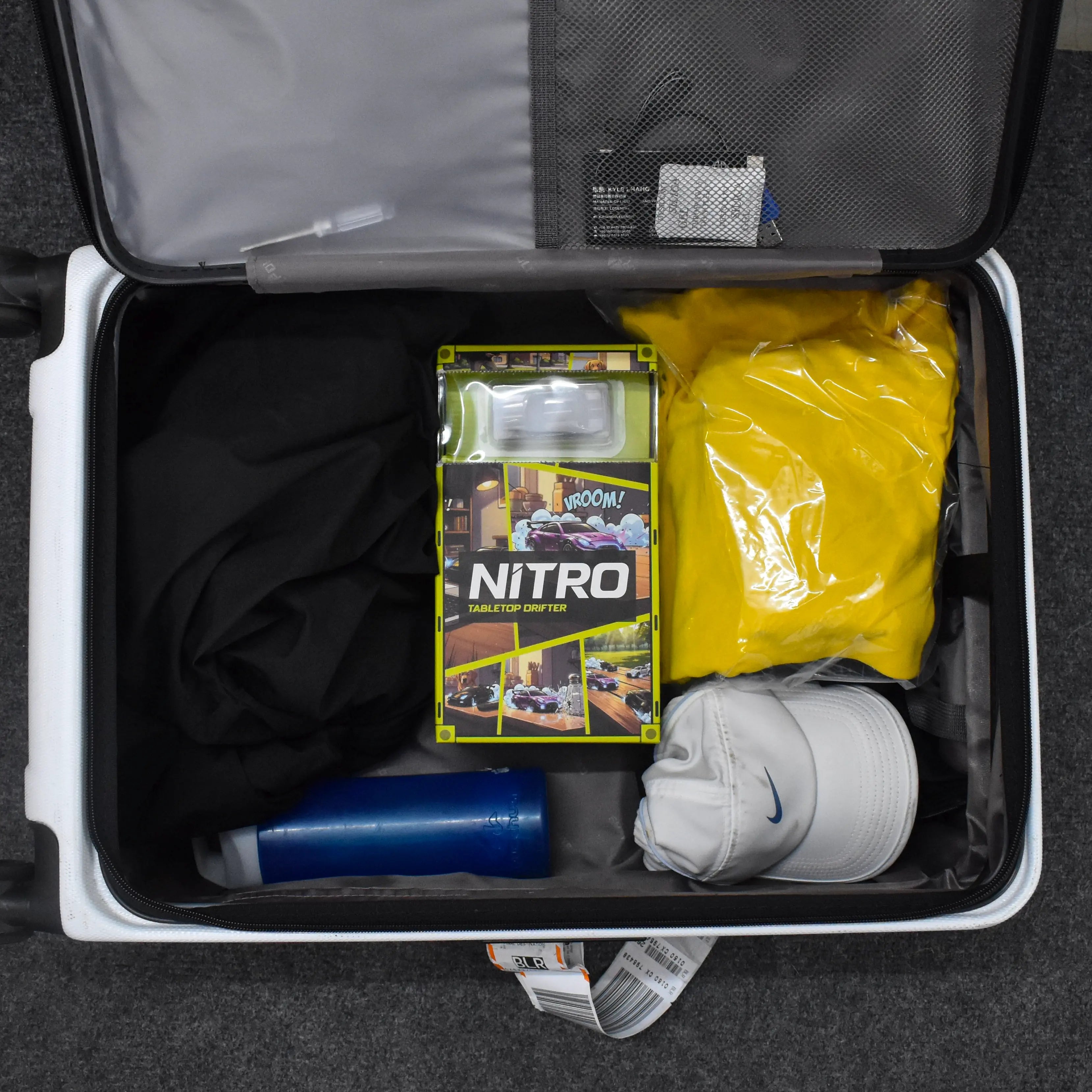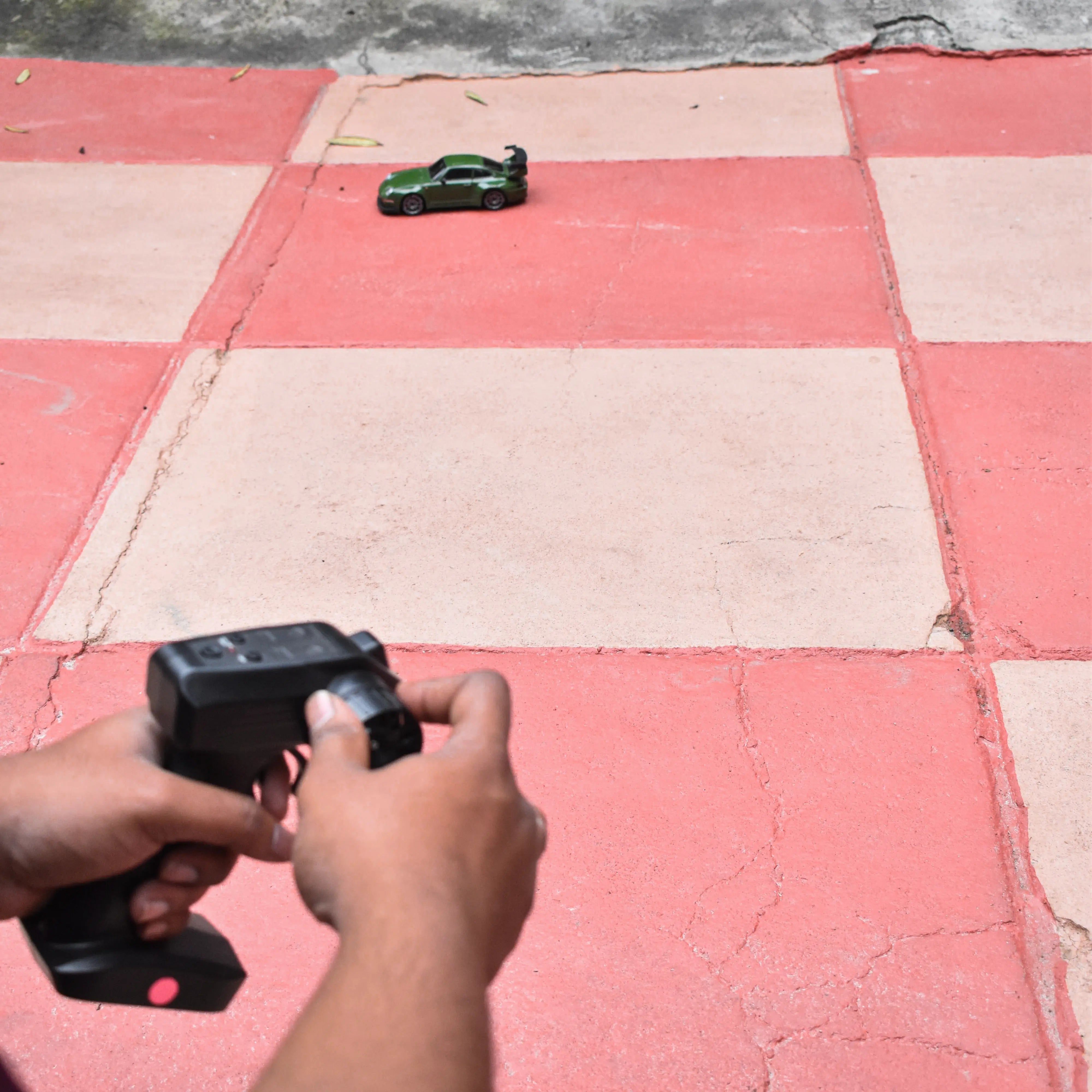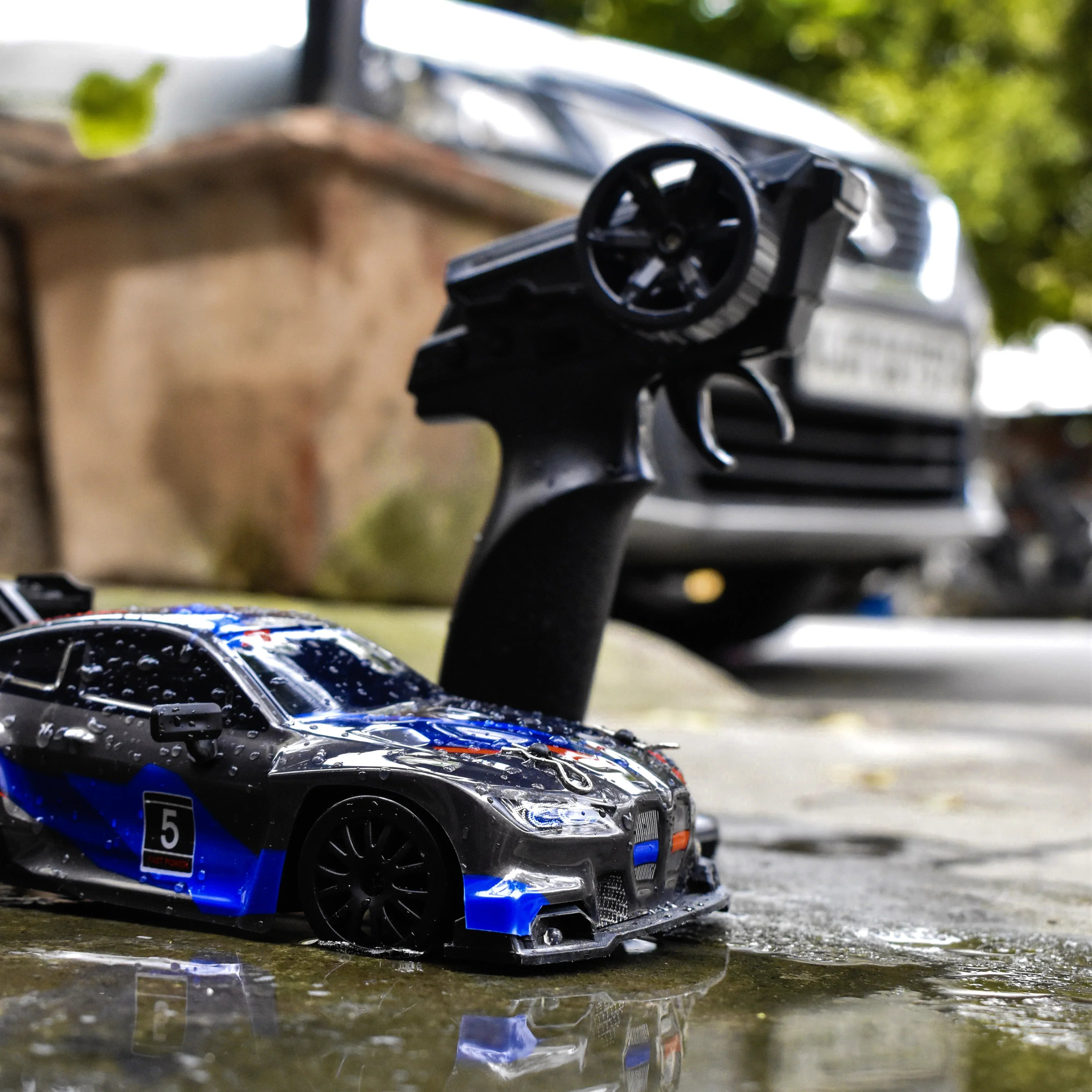You’ve seen it happen: someone racing their RC car through a puddle after a light rain, or taking it for a spin across damp grass just to see if it can handle it. But the real question remains: can RC cars actually get wet?
Whether you own a drift car, an off-roader, or a city transport model, understanding how water affects RC cars is crucial. One wrong run through a puddle can turn your favorite toy into a repair project. In this guide, we’ll break down what “waterproof” really means, how to identify if your car is protected, and what to do to keep it safe when the weather turns unpredictable.
Can RC Cars Handle Wet Conditions?
Not all RC cars are built the same when it comes to handling water. Some can splash through puddles and survive the occasional rain, while others can short-circuit with just a few drops near the motor.
Most RC cars in India are designed to be water-resistant, not waterproof. That means they can handle light rain, damp grass, or minor splashes, but they are not meant for submersion in water or mud.
Here’s how the two terms differ:
-
Water-Resistant RC Cars: Can handle small splashes or damp surfaces. Electronics are partially sealed.
-
Waterproof RC Cars: Have sealed electronics, watertight compartments, and protective gaskets that keep internal components dry even under heavier water exposure.
A truly waterproof RC car will often have an IP (Ingress Protection) rating, such as IPX4 or IPX7.
-
IPX4: Protected against splashes from any direction. Safe for puddles or light rain.
-
IPX7: Can survive brief immersion in shallow water, up to one meter for a few minutes.
If your car’s packaging or manual doesn’t specify this, it’s best to assume it’s not waterproof.
How RC Car Waterproofing Works
Waterproofing in RC cars is all about keeping moisture away from electronics. The most vulnerable parts are the motor, ESC (Electronic Speed Controller), receiver, and battery terminals.
In waterproof RC cars, manufacturers use several methods:
-
Rubber gaskets and seals around key openings
-
Plastic or silicone enclosures for the ESC and receiver
-
Coated circuit boards to prevent corrosion
-
Tightly fitted battery compartments with protective caps
However, even waterproof models have limits. Continuous use in deep water, muddy puddles, or heavy rain can still allow water to creep in over time. Always remember: waterproof does not mean indestructible. It just means better protection.
How to Protect a Non-Waterproof RC Car
If your RC car isn’t waterproof, that doesn’t mean you have to keep it indoors forever. With a few simple precautions, you can still enjoy outdoor runs safely:
-
Avoid Deep Water: Stick to dry or slightly damp surfaces. If you see puddles deeper than a few millimetres, steer clear.
-
Use Protective Tape: Cover small gaps or ports with clear electrical tape before driving.
-
Raise the Electronics: If possible, elevate the receiver and ESC inside the chassis slightly using a foam pad or plastic plate.
-
Dry Immediately: After a wet session, wipe the car completely and let it air dry before storing or charging.
-
Check Battery and Wires: Moisture near terminals can cause rust or short circuits. Keep them dry.
A simple rule of thumb: if it’s too wet for your shoes, it’s too wet for your remote control car.
L.O.T Cars and how they handle moisture
Each category of RC car is built differently, and that affects how much water it can handle.
-
Drift Cars (like L.O.T Cars Flare and Ghost): Designed for smooth indoor or dry surfaces. Their low-profile tyres and exposed chassis mean they should never be driven in wet conditions. Even light splashes can impact handling and LED systems.
-
Off-Road Cars (like L.O.T Shuttle and Bumble): Built for outdoor terrain, so they can handle dust and can handle all terrains except with water. Still, mud or waterlogged patches can damage motors or bearings if left unchecked.
-
Transport Cars (like L.O.T Vera, Titan, or Diesel): These are display-style RC vehicles built for stable runs, not rugged weather. Keep them strictly dry.
-
Drones (like L.O.T Iris or McCloud): Never fly them in moisture or fog. Even minimal condensation can short the circuits.
If you want a car that can handle outdoor adventures safely, L.O.T Cars off-road remote control cars are your best bet. But still, caution and maintenance are key.
Common Water-Damage Signs and How to Fix Them
If you accidentally drive through water, don’t panic. Just act fast.
Here’s what to look for and how to handle it:
|
Symptom |
Possible Cause |
Quick Fix |
|
Car not responding |
Receiver shorted |
Open the shell, let it dry for 24 hours before retrying |
|
Motor stutters or slows |
Moisture inside motor housing |
Remove and air dry; apply contact cleaner if possible |
|
LED lights flicker |
Moisture in wiring or port |
Disconnect and dry completely |
|
Battery not charging |
Wet battery port |
Clean and dry terminals before reattaching |
Never use heat directly (like a hairdryer on high). Instead, pat dry and let the car sit in a dry, ventilated space for a day.
Battery Safety and Water
Water and electricity are a bad mix, and that includes your RC car’s battery.
If your battery pack gets wet, disconnect it immediately. Don’t charge it, don’t test it, and definitely don’t use it until it’s fully dry. For Li-ion batteries, moisture can cause short circuits or swelling, which can be dangerous.
It’s always safer to replace a water-damaged battery than risk reusing it. Legend of Toys provides lifetime repair and replacement support for such cases, so you can always reach out for safe servicing.
Best Practices for Indian Conditions
India’s weather is unpredictable. Sunny one minute, stormy the next. If you love outdoor RC sessions, keep these points in mind:
-
Avoid monsoon play. Even water-resistant cars struggle with humidity and mud.
-
Keep a soft towel or brush. Clean dirt and moisture right after each use.
-
Charge indoors. Never plug a charger near wet surfaces or in damp garages.
-
Store in a cool, dry place. Moist air can slowly corrode connectors even when the car is not in use.
And most importantly, always check with your specific model’s guide or manufacturer before testing waterproof claims. Some brands may allow light splashes, others may void warranty if exposed to water.
The Smart Way to Race RC Cars in the Rain
If you still want that thrill of wet-track drifting or rainy-day racing:
-
Choose sealed off-road RC cars with partial waterproofing.
-
Add a light plastic film or DIY shield over open components.
-
Keep a dry backup battery and cleaning cloth on hand.
-
Run on solid, non-muddy surfaces like pavement or smooth tiles.
You’ll still get the excitement without risking your car’s internals.
Final Words
So, can RC cars get wet? The short answer: some can, most shouldn’t. Unless your car is explicitly marked waterproof or built for outdoor splashes, it’s safer to treat it like an electronic device, not a submarine.
Whether it’s the L.O.T Flare gliding across a dry track, the L.O.T Shuttle taking on gravel, or the L.O.T Bumble roaring through dust, each RC car is built for a specific terrain. Respecting that design keeps it running longer.
If you’re looking for tough, well-built RC cars designed for Indian conditions, check out the L.O.T Cars collection. Built to last, easy to repair, and always ready for action.
